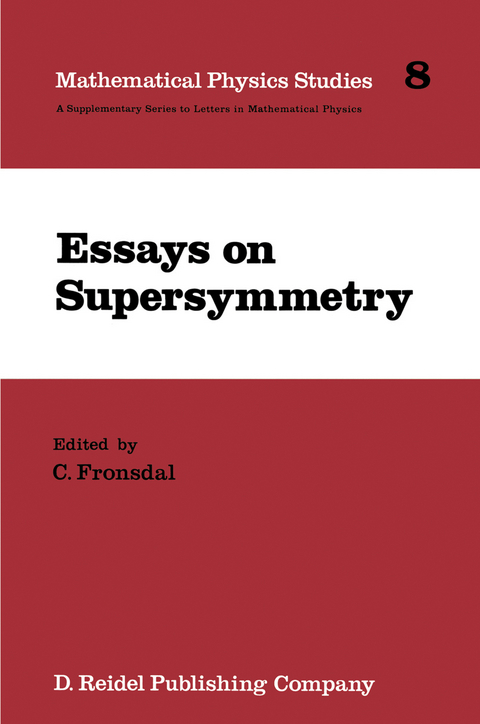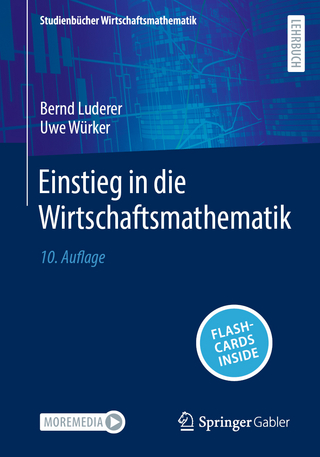
Essays on Supersymmetry
Kluwer Academic Publishers (Verlag)
978-90-277-2207-2 (ISBN)
- Titel z.Zt. nicht lieferbar
- Versandkostenfrei innerhalb Deutschlands
- Auch auf Rechnung
- Verfügbarkeit in der Filiale vor Ort prüfen
- Artikel merken
1. Why supersymmetry?.- 2. Why in de Sitter space?.- 3. Why group theory?.- 4. Background.- 5. This book, summary.- 6. Future directions.- Unitary Representations of Supergroups.- 0. Introduction..- 1. General structural problems.- 2. Invariant Hermitean forms.- 3. An example: osp(2n/l).- 3+2 De Sitter Superfields.- 0. Introduction.- 1. Superfields and induced representations.- 2. Induction from an irreducible representation.- 3. Invariant operators.- 4. Massive superfields, “scalar” multiplet.- 5. The “vector” multiplet.- 6. The simplest superfield for N = 2 supersymmetry.- 7. Induction from an irreducible representation.- 8. Wave equations for N = 2.- 9. The spinor superfield and de Sitter chirality.- Appendices.- Al. Linear action for osp(2n/l).- A2. Linear action for osp(2n/2).- A3. Intertwining operators.- A4. Invariant fields.- Spontaneously Generated Field Theories, Zero-Center Modules, Colored Singletons and the Virtues of N = 6 Supergravity.- 0. Introduction.- 1. De Sitter electrodynamics.- 2. Conformal electrodynamics.- 3. De Sitter super electrodynamics.- 4. Extended de Sitter super electrodynamics.- 5. Super conformal electrodynamics.- 6. Extended super conformal electrodynamics.- Massless Particles, Orthosymplectic Symmetry and Another Type of Kaluza-Klein Theory.- 0. Introduction.- I. Geometric preliminaries.- II. Superfield preliminaries.- III. Algebraic representation theory.- IV. Homogeneous space and line bundle.- V. Physical interpretation.- VI. Scalar field on space time.- VII. osp(8) field theory--a beginning.
| Reihe/Serie | Mathematical Physics Studies ; 8 |
|---|---|
| Zusatzinfo | 280 p. |
| Verlagsort | Dordrecht |
| Sprache | englisch |
| Themenwelt | Mathematik / Informatik ► Mathematik ► Angewandte Mathematik |
| Naturwissenschaften ► Physik / Astronomie ► Allgemeines / Lexika | |
| ISBN-10 | 90-277-2207-2 / 9027722072 |
| ISBN-13 | 978-90-277-2207-2 / 9789027722072 |
| Zustand | Neuware |
| Haben Sie eine Frage zum Produkt? |
aus dem Bereich


